This may just be the rarest you’ll see this week. It’s a Subaru FF-1 – sometimes called the Star in the US market. Subaru sold thousands of them in the early 1970s, in Europe and the US, as part of its expansion into new markets. Then they all just disappeared into neglected, rusty piles. This little coupe has been saved, however, and its story is the genesis of Subaru as we know it.
Jamie and Gary Cavett live on a tree-lined lane in Bothell, Washington, just north of Seattle. If you stand on any corner near their house, a parade of Subarus drives past: Outbacks, Foresters, the odd WRX. Most mainstream Subaru owners don’t give a thought to the roots of their favourite brand, nevermind that they’re driving right past a collection of that history.

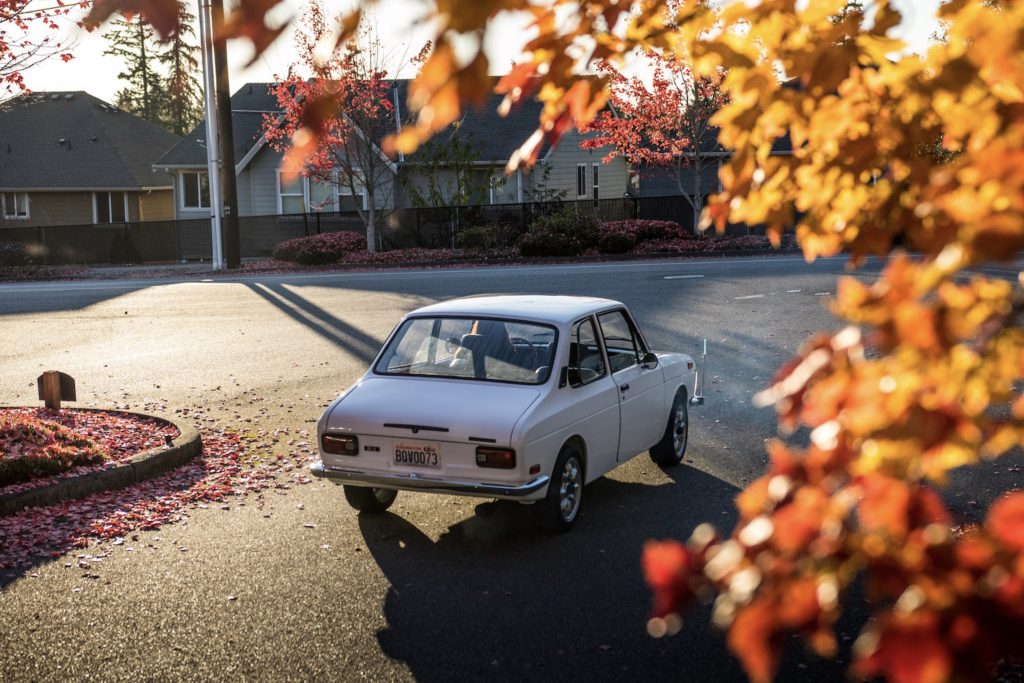
Both Cavetts came to Subaru through the rallying world but have since expanded into vintage machines. Their squadron of Subies includes several of the 360 minicar that represented Subaru’s first foray into the US market, but which never arrived on these shores. They have a coupe and a little pickup and a van that Jamie has named Stanley. “He” has his own Instagram account.
You can often find the Cavetts at local car shows in the Pacific Northwest, trailering their tiny kei-car Subarus to help educate people about the brand’s heritage. Somewhere along the way, they added a little rally-style FF-1 coupe to the mix. Jamie climbs in, cranks over the engine, and a familiar flat-four rumble fills the neighbourhood.
The ugly little Subaru 360 coupe was not much of a success in the US. Imported by Malcolm Bricklin, it was a thrifty, rear-engined machine that weighed less than 1000 pounds. Capable of a theoretical 60mpg, the 360 was pitched as a sort of smaller version of the Volkswagen Beetle. Japanese owners nicknamed it the “Ladybug,” and it was relatively popular in its home market. The tiny size and feeble power didn’t really work for American roads, however.
Subaru followed up the 360 with the FF-1000, which was exported to the US and other markets as the FF-1 Star. Available as a coupe, sedan, or wagon, this was a real car and provided a genuine alternative to contemporaries from Datsun or Toyota.
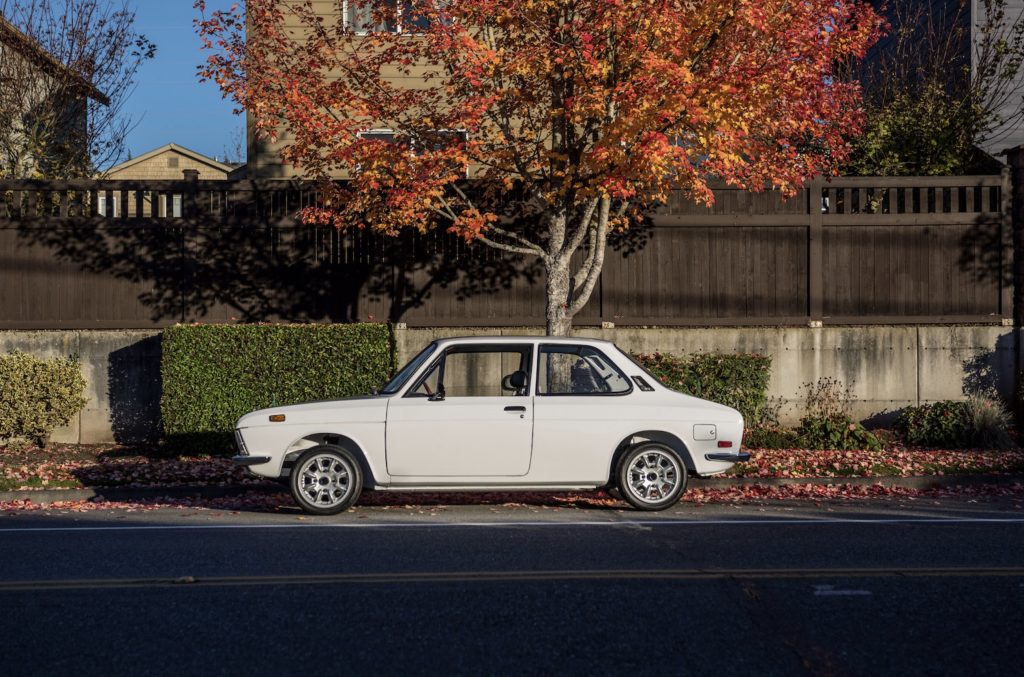
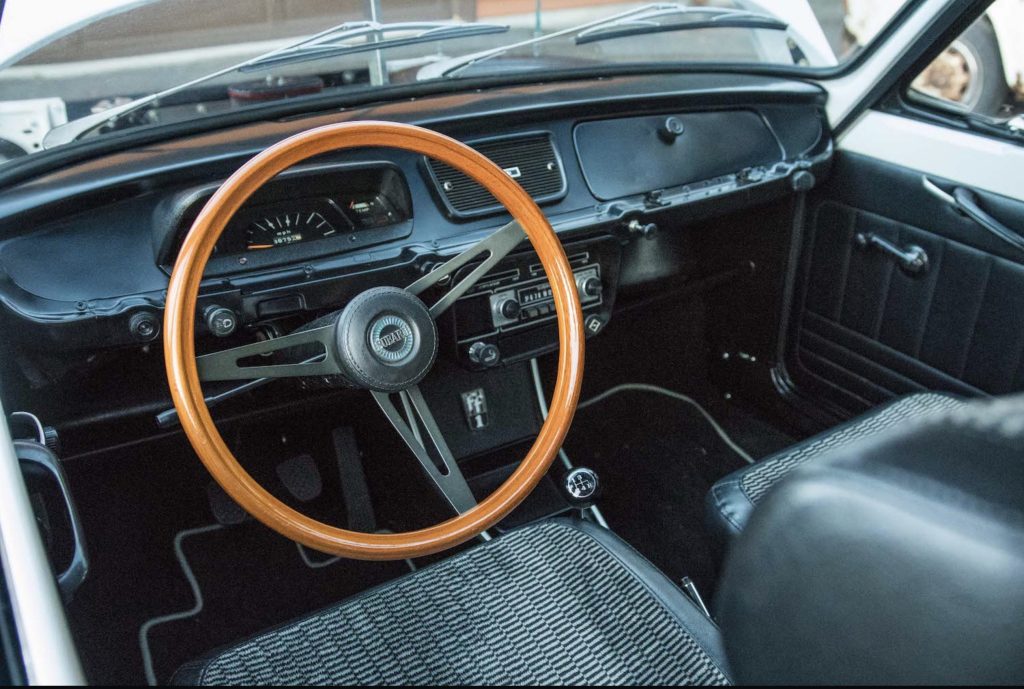
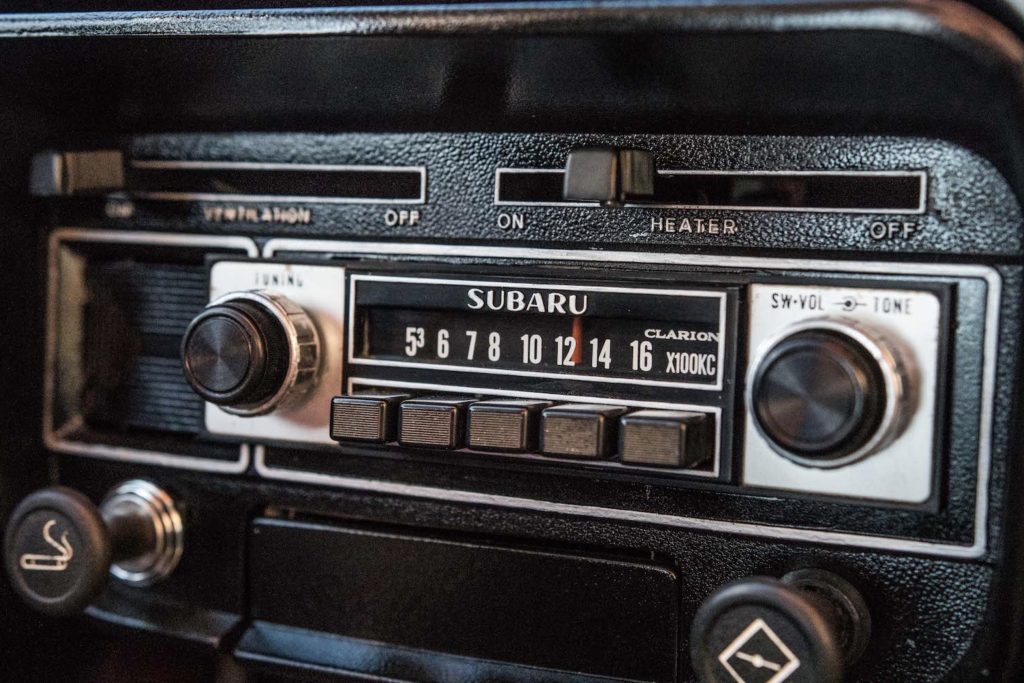
The FF stood for front-engine, front-wheel drive. Subaru’s parent company, Fuji Heavy Industries, was primarily an aircraft-manufacturing organisation, and its engineers hit upon a horizontally opposed four-cylinder engine and front-wheel drive for convenient packaging.
The FF-1 was relatively roomy for a small car, came with a revolutionary-for-the-time fully independent suspension, and made 60 horsepower from its 1.1-litre flat-four engine. Being one of the first front-wheel-drive vehicles built in Japan, it also boasted excellent handling in poor weather.
The restoration of this particular FF-1 was a labour of love, since many parts are difficult to source and eye-wateringly expensive. The aqua-coloured parking wand anchored to the front bumper is a particularly charming piece. There’s still a little work to be done on the brakes, and the car has its quirks. It is, however, a time capsule, and a chance to see one of the few examples that weren’t left to simply dissolve into piles of unloved rust.
Once you have an FF-1, however, others come find you. The Cavetts also have a couple of FF-1 wagons – one that’ll have to be scrapped, and one that can be saved. There’s also a barn-find coupe tucked around back, and huge piles of parts stored in sheds and covered areas. They’ve even stashed Subaru parts in their daughter’s old treehouse.
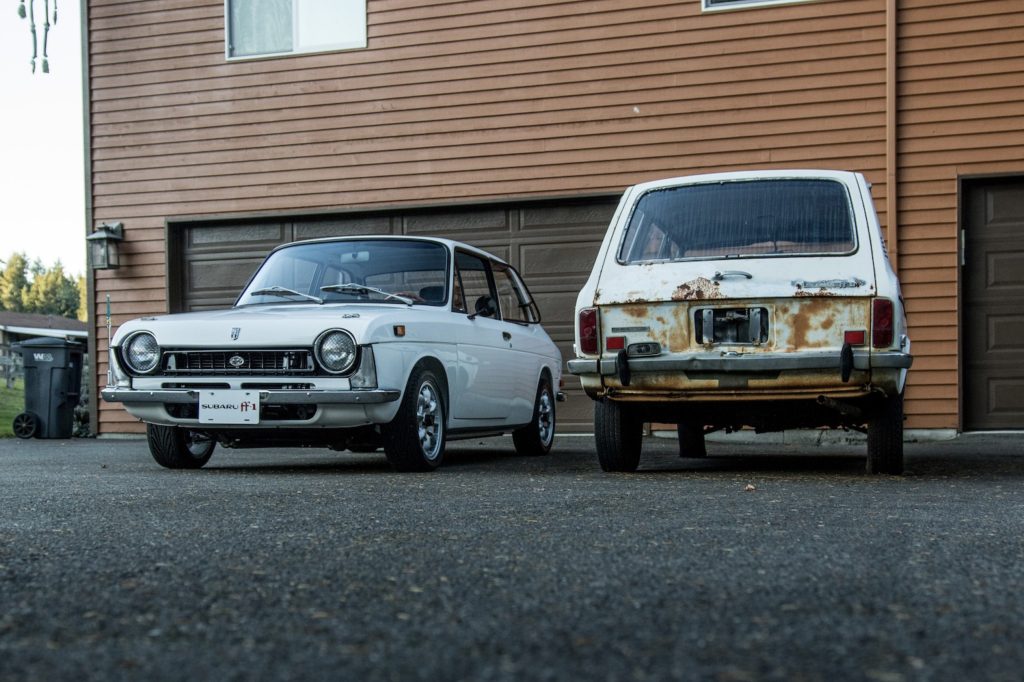
In 1970, the FF-1’s excellent front-wheel-drive traction brought it to the attention of the Tohoku Electrical Company, located in Miyagi Prefecture, in northwest Japan. The company had been using Land Cruisers to service some of their difficult-to-access power lines, but the Toyotas were brutally uncomfortable. Wagon variants of the FF-1 had the room to be practical, but a little more traction in snow would really help.
A Tohoku employee approached the local dealership. Could an all-wheel-drive version be made?
Looking over the Cavett’s little coupe, you can see how they did it. Subaru Miyagi raised the height 20mm over the standard car and fitted the rear differential and driveshaft from a Datsun 510. Datsun had a 20 per cent ownership share in Subaru at the time, so the dealership could get parts. They built eight prototype wagons, each one of them an early ancestor of the Subaru Outback.
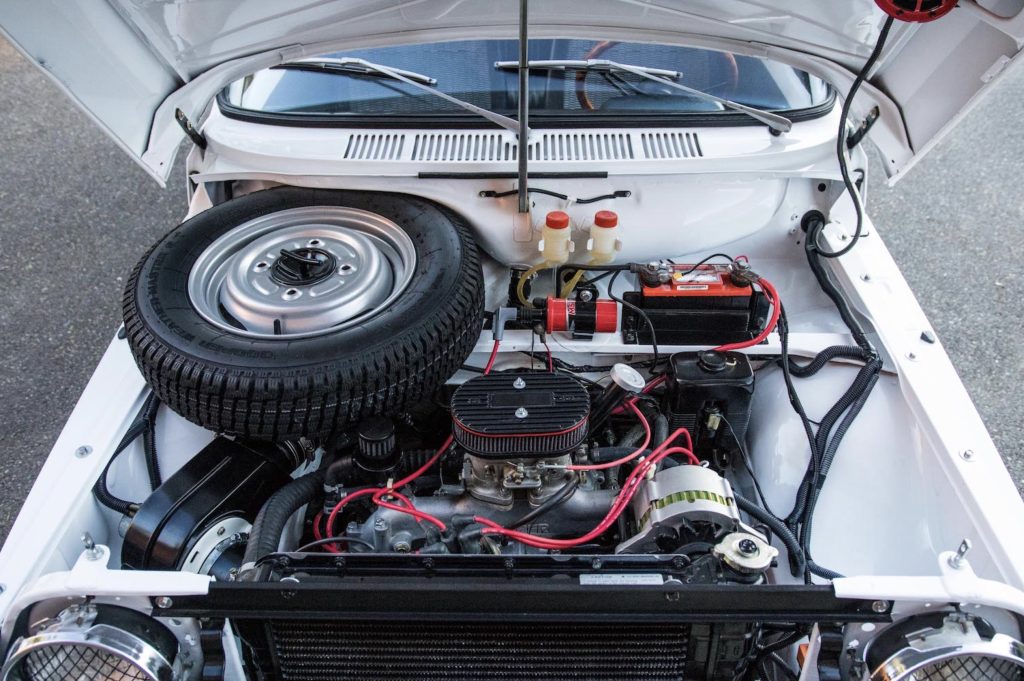
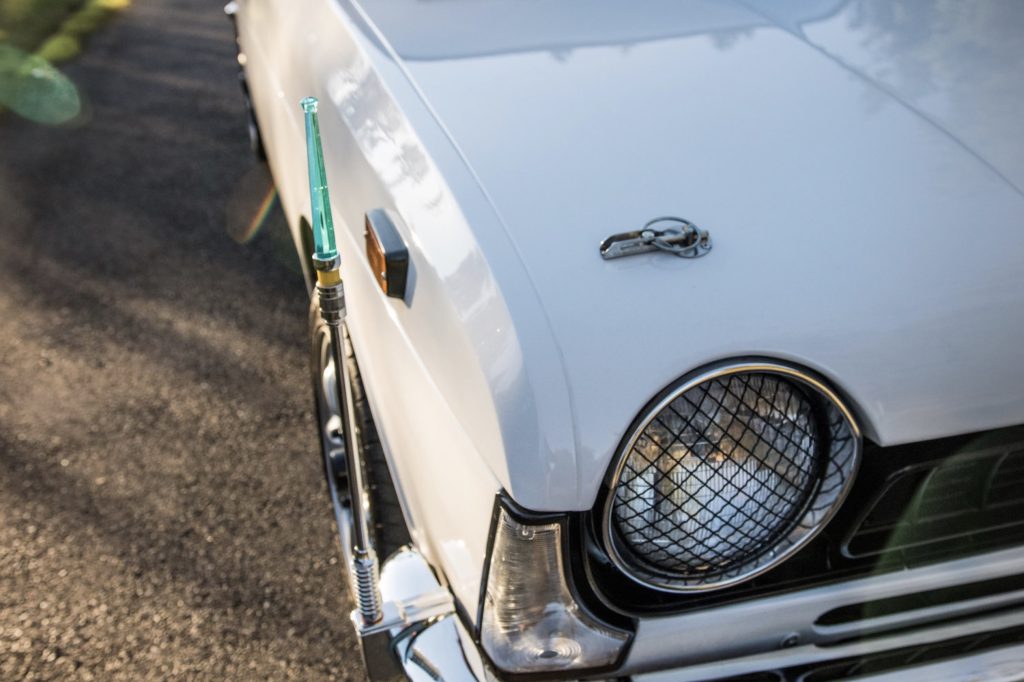
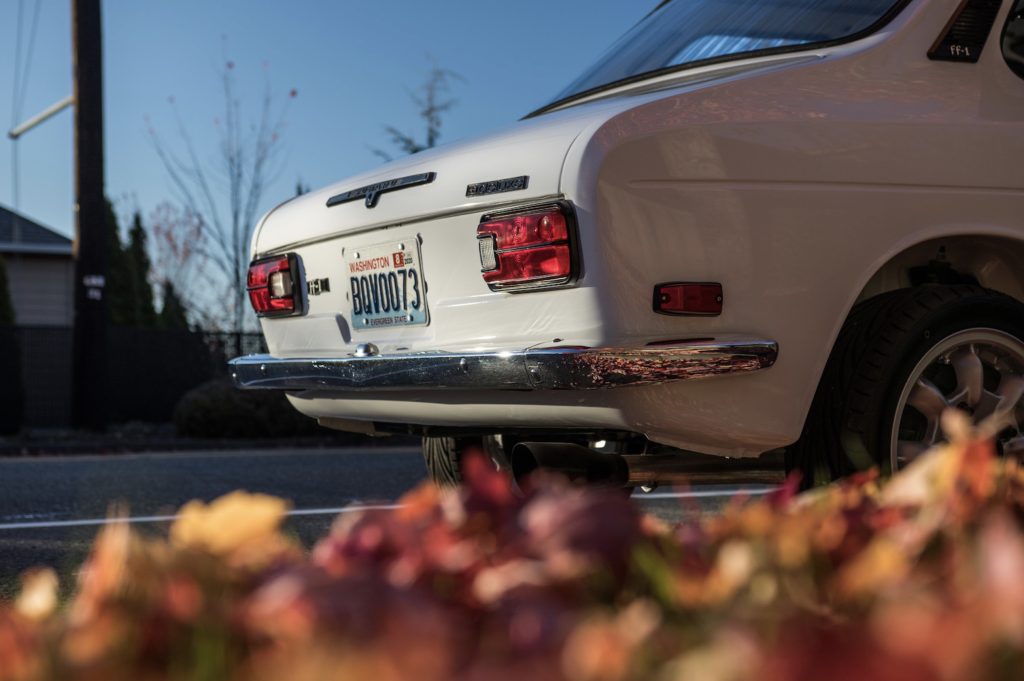
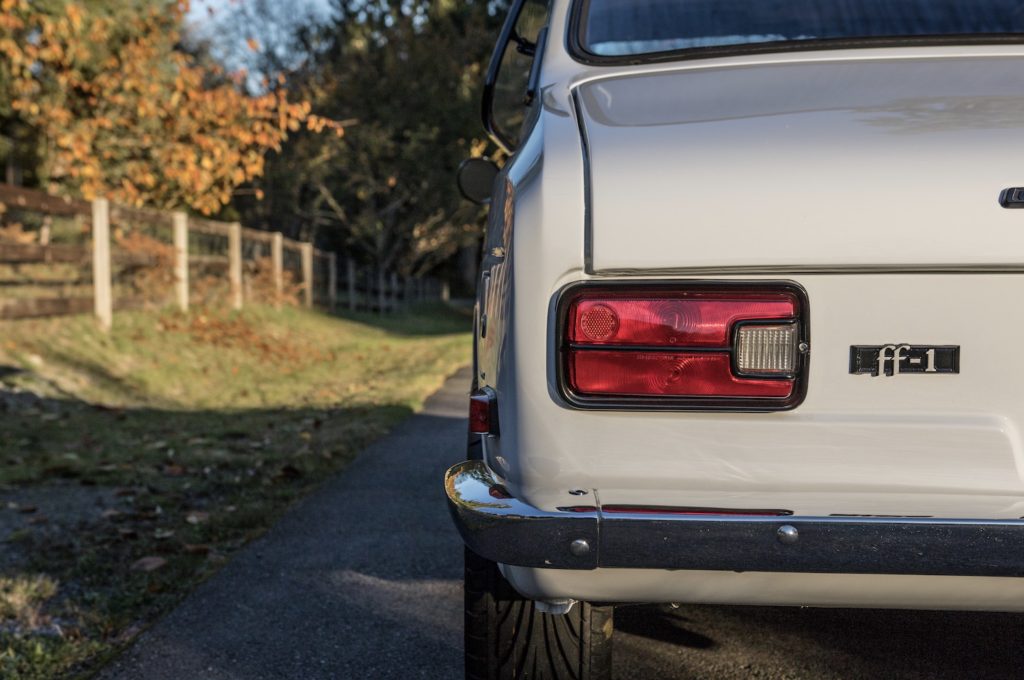
An enterprising employee at Subaru Miyagi thought the parent office might see the potential, so one of the prototypes was brought down to headquarters. Subaru executives sprang for the idea and commissioned a prototype for display at the 1971 Tokyo motor show. When the FF-1’s successor the DL/GL Leone arrived, all-wheel drive was available out of the gate.
As for the FF-1? To most owners it was simply a quirky but disposable Japanese car. An enthusiast might preserve a Datsun 510 or a 240Z, but these early Subarus just weren’t worth fixing up to most people.
Happily, the Cavetts aren’t most people. Thanks to their efforts, a little piece of Subaru history still takes to the roads, sounding like a rally car and trumpeting the beginning of the six-star badge.
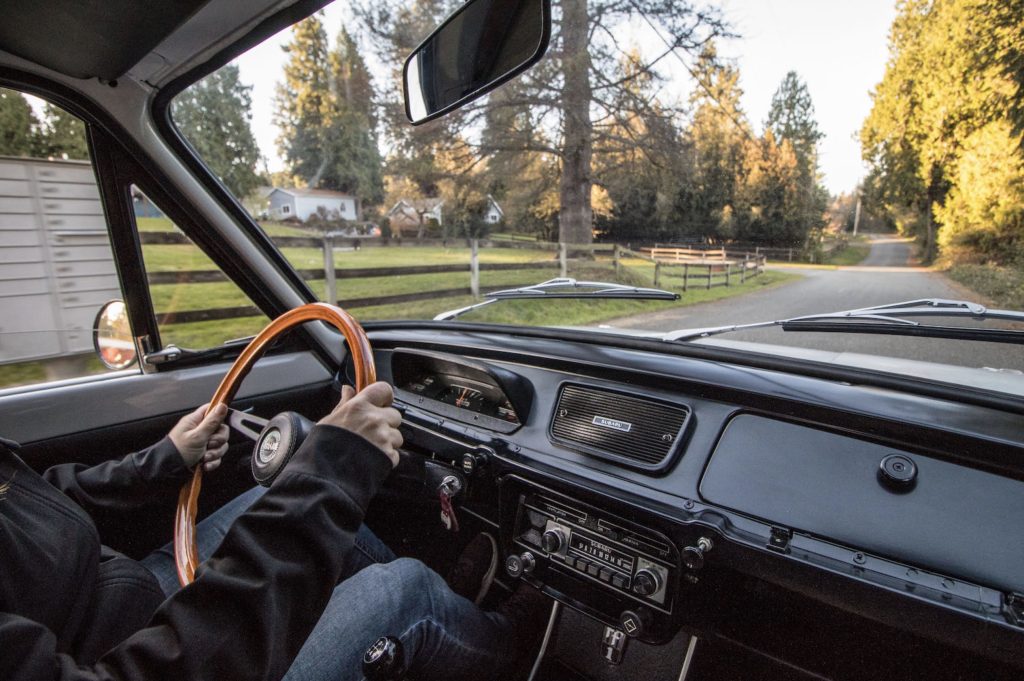










Thanks for the wonderful article on this unique little car. I accumulated a bunch of FF1’s in the mid-eighties while a mechanic here in Santa Fe, NM. When work was needed on the beautiful inboard brakes, customers let them go. The cars has some remarkable engineering and the powertrain was all mounted on a compact subframe – the potential for a homemade “Special” was irresistable, which I gave in to. I still have several shells in the yard and collection of engines and transaxles. We Star fanatics should be in touch! Thank you…